What are Backflow Enclosures?
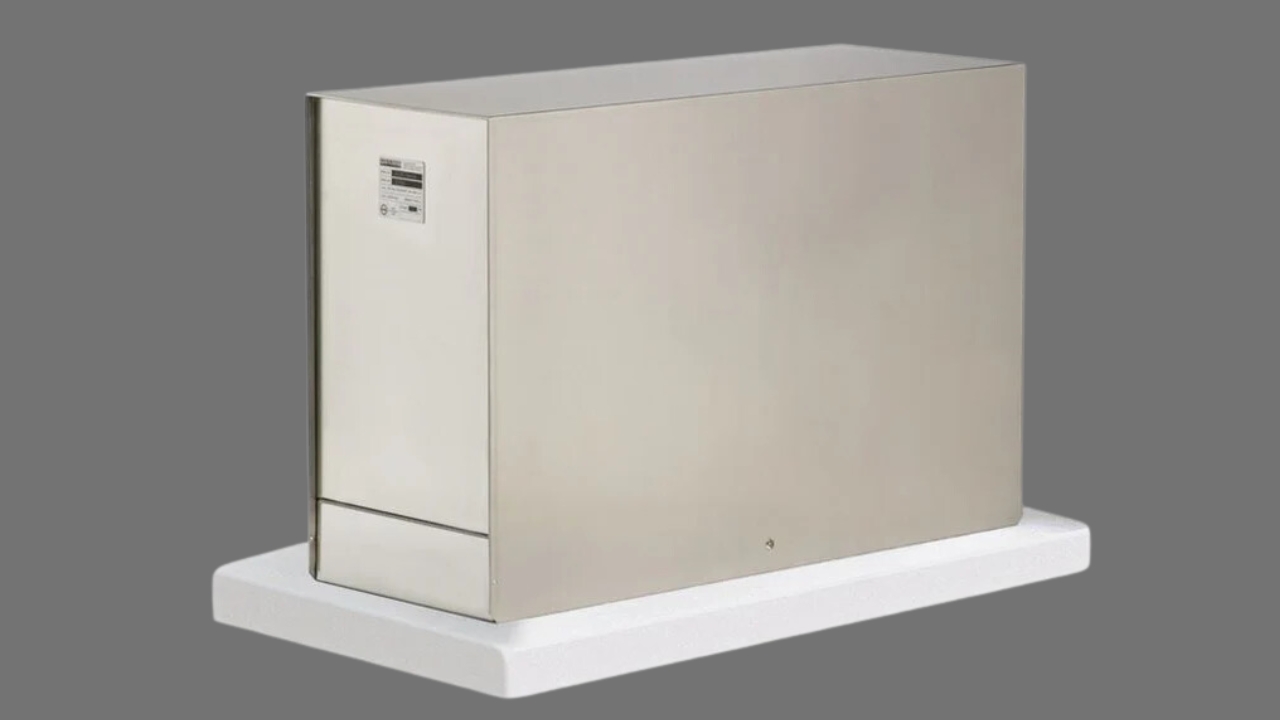
Backflow enclosures are the protective housing for backflow prevention devices. These enclosures keep them safe from the environment. They assure compliance with plumbing codes by preventing contamination of potable water systems. Built to withstand harsh conditions, backflow enclosures protect from vandalism and aggressive weather. They are important for industrial and municipal applications.
Materials of Backflow Enclosures
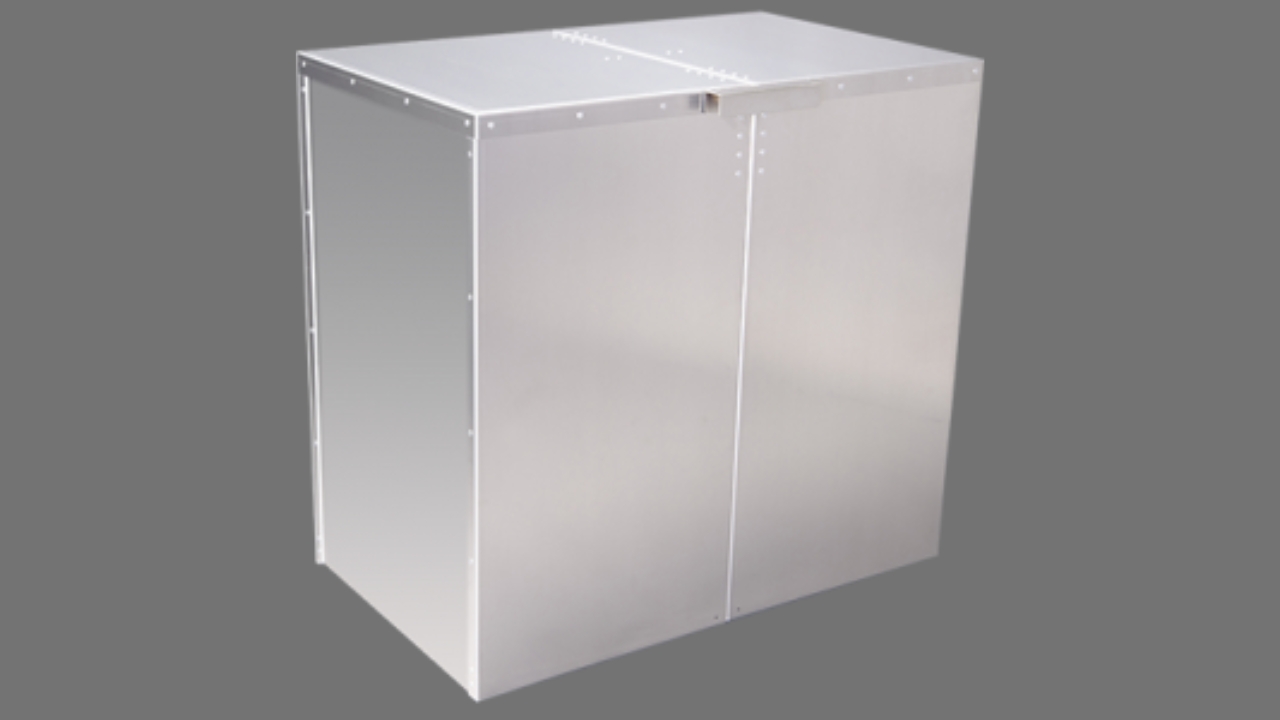
The choice of material for backflow enclosures plays an important role in their performance. Let’s look at the most common materials used in enclosures.
1. Stainless Steel Enclosures
Stainless steel enclosures are known for their resistance to corrosion and durability. They are perfect for protecting backflow prevention devices.
2. Carbon Steel Enclosures
For strong protection of backflow devices, carbon steel enclosures are a good option. These enclosures have outstanding impact resistance and strength.
3. Aluminum
Aluminum enclosures are light weight and durable. They protect backflow devices from corrosion and environmental factors. These enclosures deliver simple access for servicing and customization options.
Benefits of Backflow Enclosures
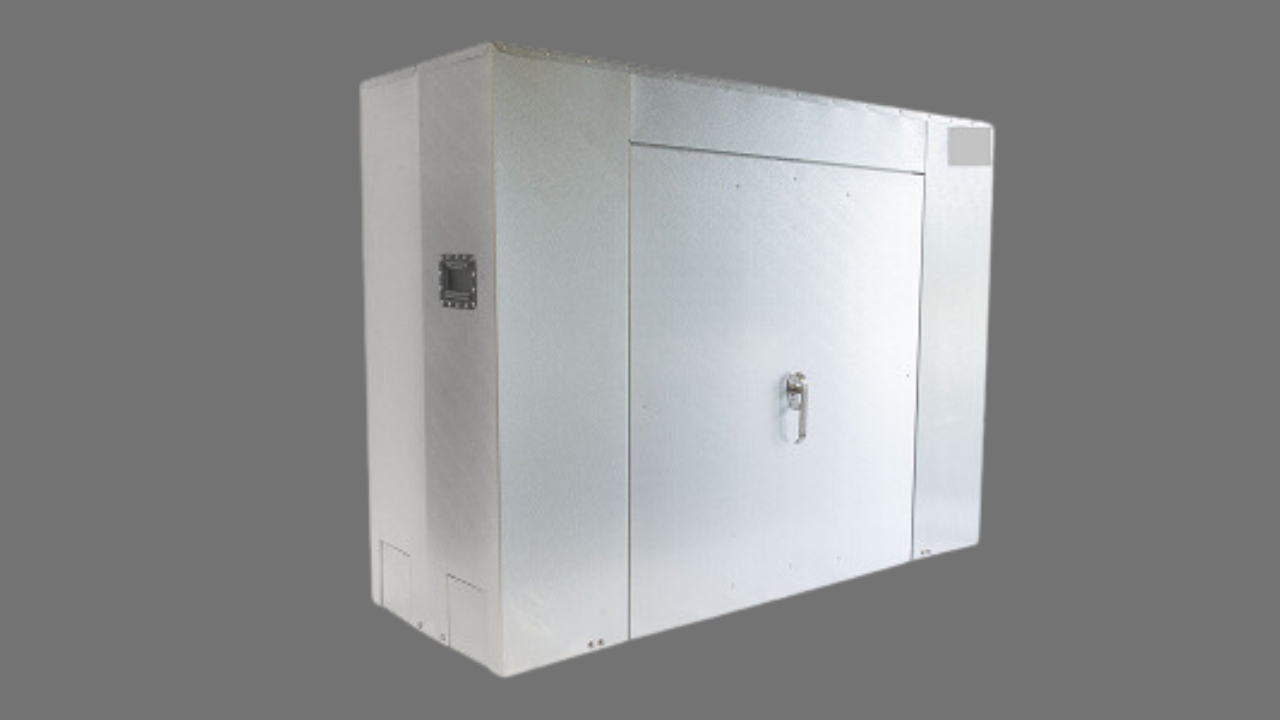
Backflow enclosures have multiple benefits which influence regulatory compliance and system performance. These benefits go beyond protection and extend to the overall proficiency and life of the water system.
- Backflow enclosures protect devices from snow, freezing temperatures and rain so devices can function optimally in harsh conditions. This protection provides a longer life to the enclosed components.
- Their strong construction is a deterrent to vandalism and theft. It also protects valuable equipment from unauthorized access.
- Backflow enclosures provide a quick and straightforward installation process. Unlike traditional methods like underground vaults, this installation is normally completed in just a few hours instead of days. This productivity reduces labor costs and decreases disruption.
- By following national and local guidelines like ASSE 1060 standards, backflow enclosures help to avoid fines and protect public health by preserving water quality.
Importance of Backflow Enclosures in Different Applications
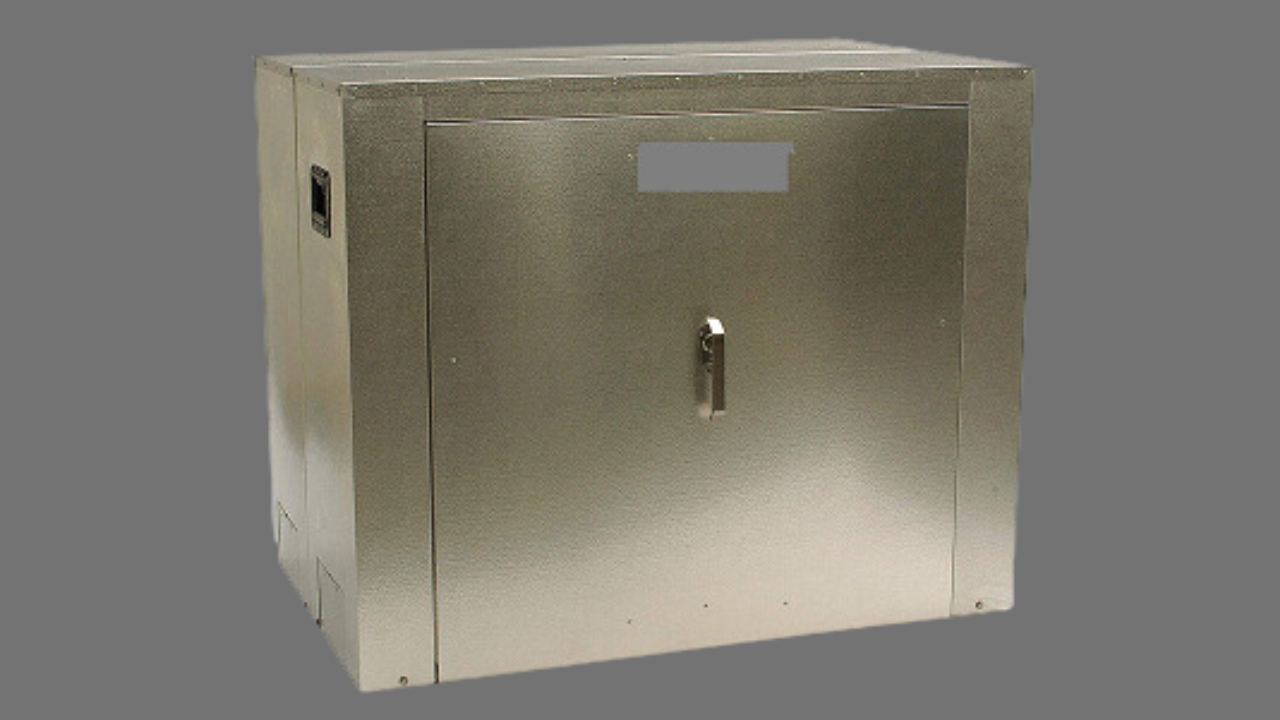
Backflow enclosures are important for many sectors. Each area has its own requirements and challenges. These enclosures are used in.
1. Municipal Water Systems
Green places and public parks managed by municipalities have irrigation systems which need backflow preventer and their enclosures. These prevent contamination of the municipal water supply from pesticides and fertilizers used in these areas. They also stop wastewater or sewage from getting into the potable water pipeline.
2. Commercial and Industrial Applications
In bottling facilities, irrigation systems, laboratories, and processing plants, backflow precentors and their enclosures are important to avoid contaminants from medical waste and cleaning chemicals while keeping the water supply intact. They also maintain stable pressure in water systems to prevent equipment disruptions or failures which can cause water loss or damage to system.
3. Residential Use
Backflow enclosures and preventers are important for water safety. They prevent chemicals, from gardening activities, and contaminated water, from recreational facilities like spas or pools, from entering into the drinking water supply. This gives homeowners peace of mind about the safety and quality of their household water.
4. Fire Protection Systems
Fire protection systems have fire retardants like bromine, chlorine and foam agents. Backflow preventer and their enclosures are important in these systems to prevent contaminated water, used in firefighting, from flowing back. This is particularly important for standing pipes in high-rise buildings and fire hydrants connected to municipal systems so the community water supply is not compromised.
Factors to Consider When Choosing a Backflow Enclosure
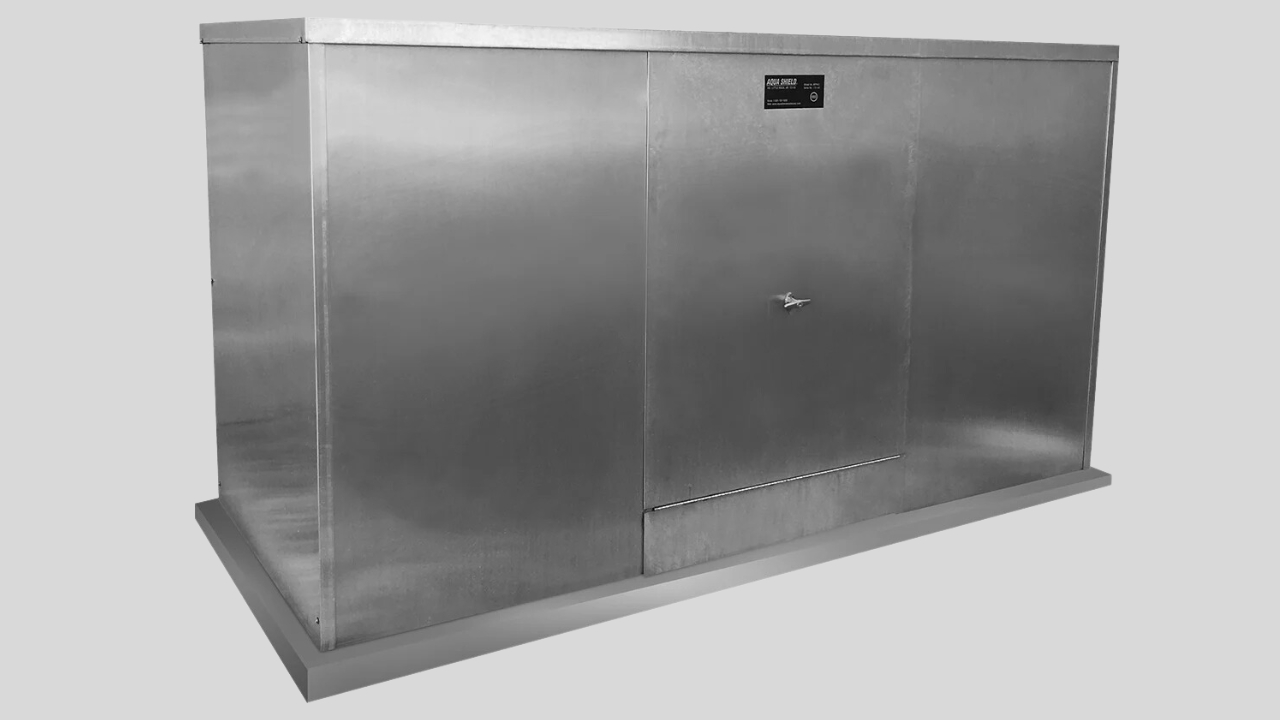
Selecting the right backflow enclosure needs careful consideration of many important factors. These factors impact the enclosure’s performance, lifespan and regulatory compliance. Let’s look into these.
Size and Compatibility
An undersized enclosure will limit access and create operational issues, while an oversized one won’t provide enough protection. It’s necessary to assure that the enclosure matches connection types and pipe sizes to prevent leaks.
Material and Durability
Enclosures constructed from materials like high-density polyethylene (HDPE) or stainless steel provide better corrosion resistance in conditions involving chemicals, high temperatures and humidity. A durable enclosure can minimize the need for frequent replacements.
Climate Considerations
In hot climates, the enclosure should withstand high temperatures without degrading or warping. Whereas specially designed or insulated enclosures help avoid pipe bursts from cold temperatures.
Aesthetics considerations
A well-designed enclosure can greatly improve the visual appeal of a property. This improvement makes it more beautiful to both residents and customers. Some companies may choose custom enclosures with particular color schemes or logo placement to match their brand identity.
FAQs
What is the difference between frost protection and freeze protection?
Frost protection protects against temperatures near freezing (around 32°F/0°C) using heater or covers. On the other hand, freeze protection protects against lower temperatures (below 32°F/0°C) which cause freezing by using insulation or heated systems.
How should I maintain a backflow enclosure?
Check your backflow enclosure regularly for damage. Make sure the drainage is clear and remove any debris that has accumulated. Don’t forget to check the locks and hinges to keep it secure and easy to open.
Do backflow enclosures require drainage?
Yes. Drainage is important to avoid water accumulation. Without it, the backflow prevention device could become damaged and malfunction
What are the ASSE 1060 standards for backflow enclosures?
ASSE 1060 standards outline the design and performance needs. These guidelines assure backflow prevention devices and their enclosures prevent contamination in water distribution lines.
For a customized backflow enclosure solution that fits your requirements, contact us today!




